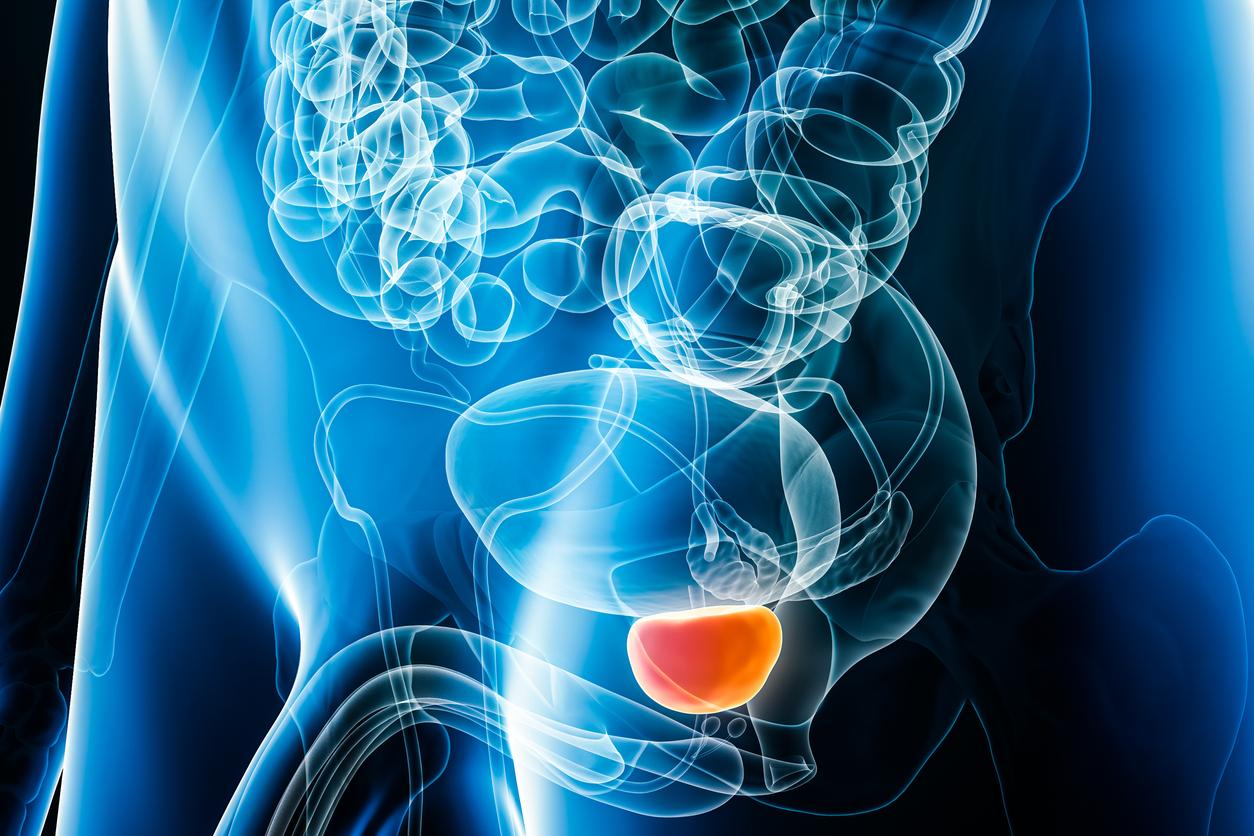No study has been able to determine its frequency with precision, but according to estimates, the carpal tunnel syndrome affect approximately 3% of the population. Some are more at risk than others, especially pregnant women or who are breastfeedingwomen in perimenopause (a few years before menopause) and manual workers performing repetitive movements. People with certain diseases such ashypothyroidismthe rheumatoid arthritisthe diabetesI’renal failure… are also more exposed.
Approximately 140,000 carpal tunnel operations are performed each year in France. However, all those who suffer from a carpal tunnel syndrome do not need to be operated. Indeed, in 20% of cases, the symptoms disappear spontaneously. And in a large proportion of the remaining cases, medical treatment, combining wearing a removable splint at night, taking painkillers (analgesics or anti-inflammatories) and infiltrating corticosteroids, is enough to provide relief.
|
carpal tunnel syndrome It corresponds to the compression of the median nerve at the level of the wrist. This nerve ensures the sensitivity of the pulps of the thumb, index and middle finger, and the motricity of the thumb. |
When is carpal tunnel surgery offered?
The choice of operation is based on the clinical examination of the patient and the results of theelectromyogram : “electromyogram is the test of choice for diagnosing carpal tunnel syndrome., explains Dr Frédérique Mazodier, hand and upper limb surgeon at the Center for Hand and Upper Limb Surgery (Paris). In the event of a contradiction between this examination and the symptoms, it is up to the surgeon to assess the situation. In a report it produced in 2012the High Authority for Health emphasizes that only certain cases require surgical treatment.
|
What does the electromyogram measure? “L’electromyogram is the essential examination without which one cannot operate. It is he who determines the precise place where the nerve is compressed”, underlines Dr Frédérique Mazodier. This examination makes it possible to measure the speed of the nerve impulse, which indirectly reflects the level of damage to the median nerve. Although, strictly speaking, there are no standards in this area, this speed must reach at least 50 meters per second. Below 35 meters per second, neurologists consider that the nerve is seriously damaged. |
We operate on severe forms whose diagnosis is certain…
“The patient is in pain and his electromyogram is abnormal. This is the best indication for immediate surgery”, confirm Drs. Mazodier and Romano. The patient consults because he suffers from tingling, numbness and pain in the first three fingers of the hand. Symptoms that wake him up in the middle or at the end of the night, and sometimes continue into the early morning. Her electromyogram shows median nerve involvement and confirms the diagnosis of carpal tunnel syndrome. Surgical intervention is then the only effective treatment option.
… or after other treatments have failed
Faced with a patient who complains of symptoms evoking a carpal tunnel, but whose electromyogram is normal, the surgeons prefer, initially, to advise a medical treatment. “If this does not give any results, the patient is offered to operate after having explained to him that there is no certain diagnosis, but that everything suggests that he has carpal tunnel syndrome”, says Dr. Romano. The idea is of course not to let a patient suffer. Because, as this specialist reminds us, “we operate on a person, not a electromyogram” .
Other cases where carpal tunnel syndrome is operated on
Surgery may be perfectly appropriate in another situation: “The electromyogram is abnormal, but the patient does not complain of typical pain at the level fingers”, indicate the two surgeons. This happens in patients who come to consult for paresthesias (sensitivity disorders) associated with pain in one hand, but also have involvement of the other hand. Performed on both hands, the electromyogram may show severe damage to the nerve. The operation must then be carried out quickly. “We explain that over time, there is a significant risk of loss of both sensory and motor function of his median nerve, specify the two specialists. Without intervention, the lesions will worsen and this, in an irreversible way.
A well-run operation
The operation involves cutting the ligament covering the tendon, in order to release the median nerve. Generally performed under local anesthesia of the arm, on an outpatient basis (we leave the hospital the same day), it lasts about ten minutes. In general, nocturnal tingling disappears from the first night following the procedure. They can, on the other hand, persist for a few more months in patients who also presented these symptoms during the day, due to a slower recovery of the nerve.
Our Experts: Dr Frédérique Mazodier, hand and upper limb surgeon at the Center for Hand and Upper Limb Surgery (Paris
Dr Stéphane Romano, hand and upper limb surgeon at the Center for Hand and Upper Limb Surgery (Paris)
For further
Carpal tunnel: the right stretches to relieve pain
Ants in the fingers, what does it hide?
Carpal tunnel syndrome: how to relieve the pain


















